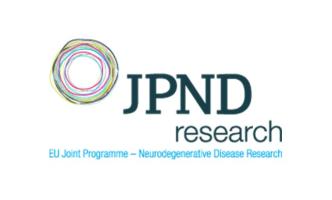Multidimensional mechanistic investigations of trans spinal direct current stimulation in motor neuron disease (DC4MND)
Aim
Description
Trans-spinal direct current stimulation (tsDCS) is a modern non-invasive neuromodulation technique with a unique capability of providing non-pharmacological, safe and cost-efficient treatment in several neurodegenerative conditions. The goal of the DC4MND consortium is to decipher the biophysical, electrophysiological and cell biological components responsible for both acute and chronic effects (discovered by our consortium) of tsDCS on neuronal and glial subpopulations and on spinal cord circuits. In particular, we will investigate the mechanisms of tsDCS evoked upshots in the most prominent motor neuron disease - Amyotrophic Lateral Sclerosis (ALS) - as it is clear that dynamic alterations in spinal circuit excitability are a key pathological mechanism in ALS. Our consortium brings together young and experienced researchers, each one a specialist in fields such as electrophysiology, molecular and cell biology, genetics, mathematical modeling and bioinformatics in order to ensure a unique diversity of skills allowing us an unprecedented holistic investigation of tsDCS mechanisms. The specific goals of the consortium are: i) to investigate, using a modeling approach, how tsDCS current spread in vivo and in vitro given the geometrical and biophysical constraints in these two conditions; ii) to decipher the physiological and molecular mechanisms underlying the changes of electrophysiological profile of spinal motoneurons after tsDCS by using cutting edge in vivo intracellular recordings of mouse spinal motoneuron, coupled with advanced chemogenetics and transcriptome analysis; and iii) to explore molecular mechanisms of the glial involvement in tsDCS neuromodulation using cell biology, chemogenetics and in vitro electrophysiology. The experimental work will be achieved not only in ALS mice, but also in human iPSC motoneuron-astrocyte co-cultures, thus providing a substantial translational aspect of our research. The strong complementarity of the DC4MND consortium enables us to design a streamline multidimensional work packages to ensure swift progression at each step of the project involving mutual contribution of consortium members. Importantly, our consortium is highly carrier-inclusive, gender-equal and trans-national and ensures strong European integration and data and skill transfer. Consortium member collaboration is crucial at each step of the project and significant young researchers mobility is expected to be one of the key features of the consortium. The highly translational results of our investigations are crucial for including and optimizing tsDCS approach to a holistic personalized treatment of neurological disorders.
Coordinator
- Poland, Dr. Marcin Bączyk, Poznań University of Physical Education
- Germany, Prof. Francesco Roselli, Ulm University
- France, Prof. Daniel Zytnicki, Université Paris Cité
- Italy, Dr. Daniela Maria Rossi, Istituti Clinici Scientifici Maugeri SpA SB - IRCCS
- Portugal, Dr. Sofia Rita Fernandes, FCiências.ID/Instituto de Biofísica e Engenharia Biomédica, Faculdade de Ciências, Universidade de Lisboa
- Latvia, Dr. Baiba Vilne, Bioinformatics Lab, Riga Stradins University




